How brachyuran crabs survive in highly acidic areas near shallow-water hydrothermal vents
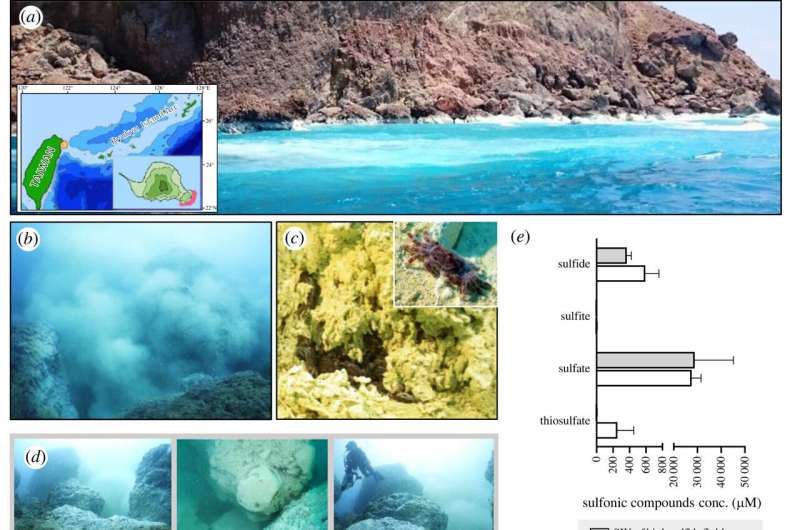
A team of researchers affiliated with multiple institutions in Taiwan and one in Germany has discovered the means by which brachyuran crabs are able to survive in highly acidic waters near shallow-water hydrothermal vents. In their paper published in Proceedings of the Royal Society B, the group describes how they studied crab specimens and the environment in which they live to solve the puzzle of their existence.
Hydrothermal vents are hot springs that exist on the sea floor. In most instances, they occur along mid-ocean ridges. Such vents spew heated water, along with other materials, into the surrounding water creating a mix. In this new effort, the researchers were curious about a species of crab that lives in a shallow-water hydrothermal vent field off the southeast coast of Kueishantao Island, near Taiwan. They noted that the crab is the only metazoan creature living in the area due to the large amount of sulfide emitted by the hydrothermal vent.
To find out how the crab survives in such a hostile environment (hydrogen sulfide is toxic to most animals) the researchers collected samples of the water in which they lived and conducted experiments on the crabs they found living there. They also captured some of the crabs and brought them back to their lab for closer inspection.
In looking at the crabs, the researchers found that they had unique gills (located under the carapace)—they were able to oxidize the sulfide to thiosulfate and to bind it to hypotaurine which led to the generation of thiotaurine, which is much less toxic than hydrogen sulfide. And then, bacteria living in the gills absorbed the thiotaurine—they used it as an energy source and in so doing made it even less toxic.
The net result was that the crab was able to get the oxygen it needed from the water without succumbing to the hydrogen sulfide from the hydrothermal vent. The researchers suspect that the detoxification allows the crab to gain energy from the thiotaurine as well. They note that the arrangement with the bacteria makes the crab a holobiont—a species able to survive in an environment inhospitable to virtually all other creatures.
More information: Pei-Hsuan Chou et al, Cellular mechanisms underlying extraordinary sulfide tolerance in a crustacean holobiont from hydrothermal vents, Proceedings of the Royal Society B: Biological Sciences (2023). DOI: 10.1098/rspb.2022.1973
Journal information: Proceedings of the Royal Society B
© 2023 Science X NetworkWhispers from the deep sea: The subtle sounds of hydrothermal vents


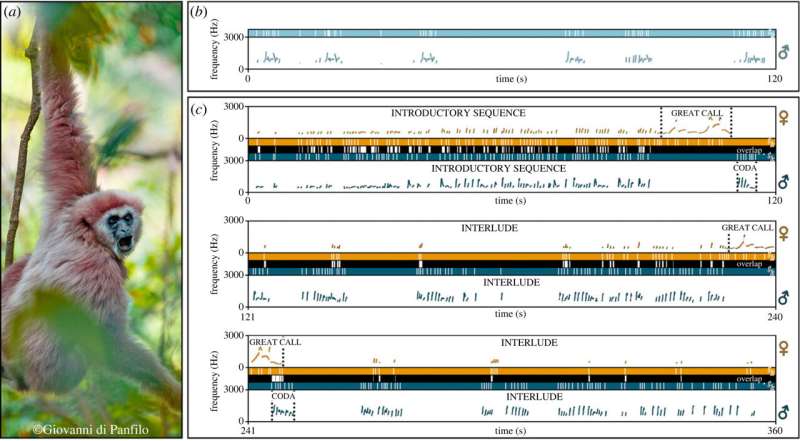



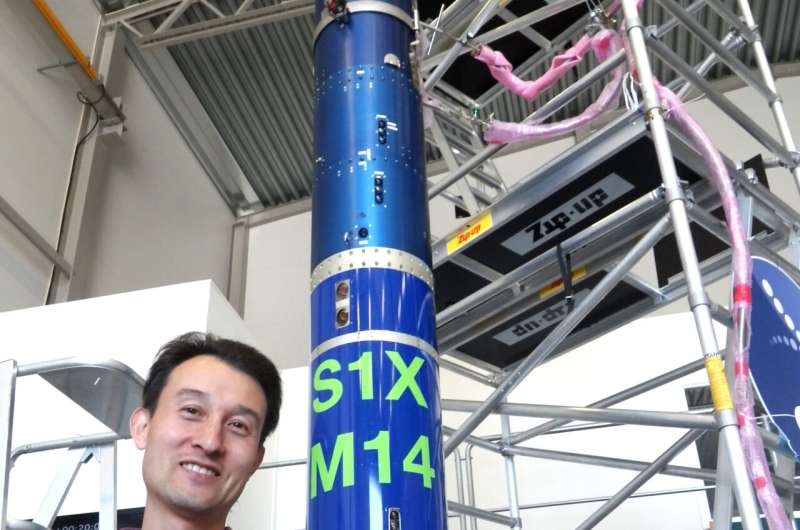
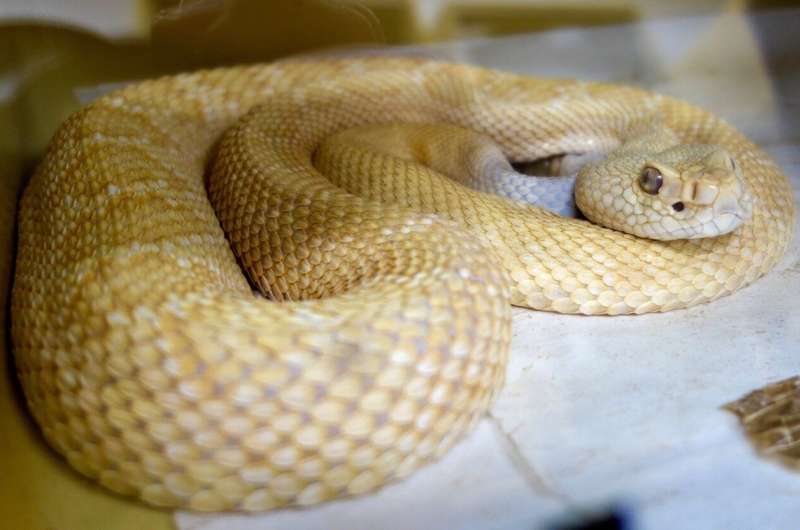
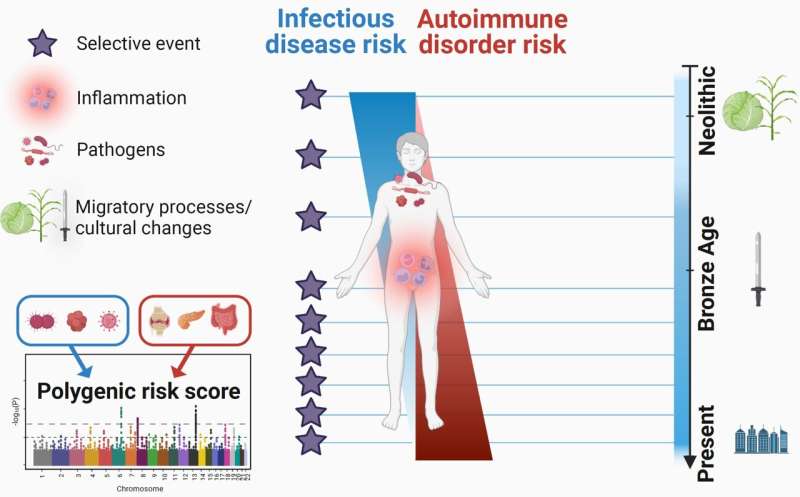




.jpg)
.png)

